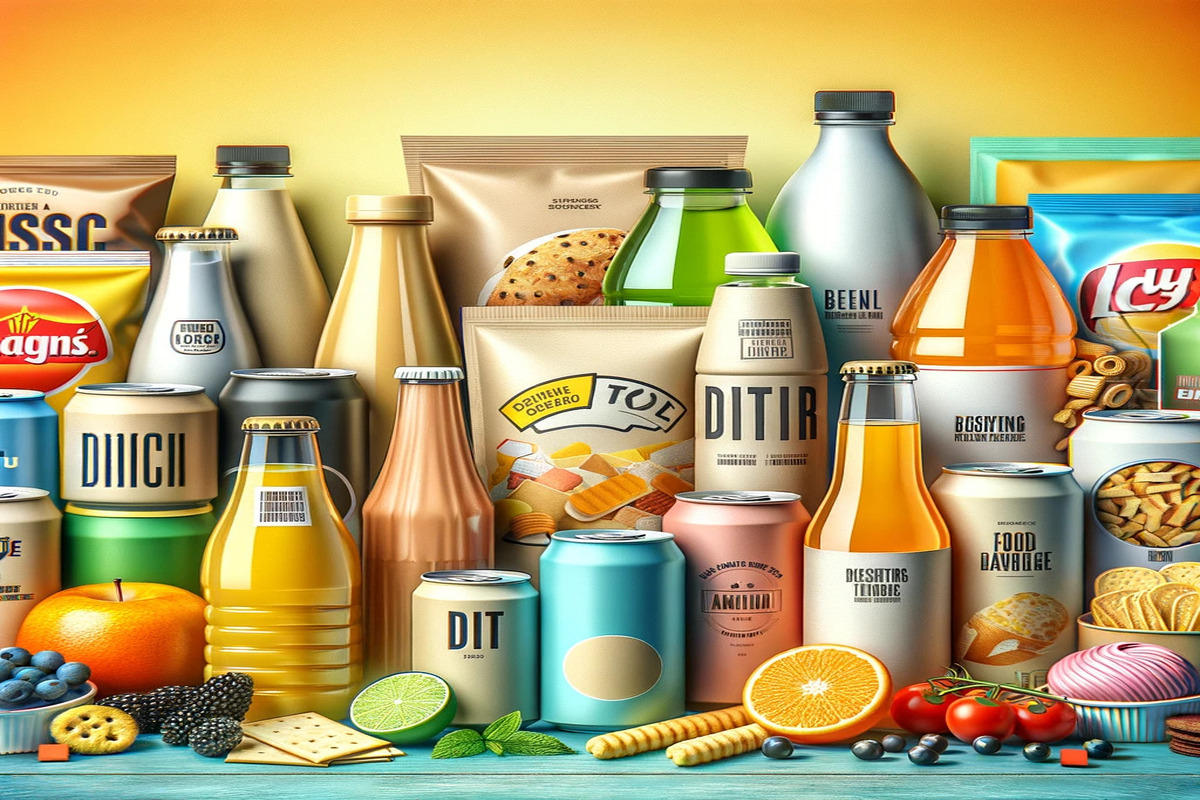In the competitive world of food and beverage, establishing a strong and distinct brand identity is crucial for capturing market share and standing out in a crowded marketplace. Read More
One effective branding strategy is to leverage local heritage and authenticity to create a strong, unique identity. This approach resonates particularly well in markets where consumers are increasingly seeking genuine, high-quality products. Example: Coca-Cola (USA) Coca-Cola, an iconic global brand, exemplifies the power of authenticity in branding. Its “Share a Coke” campaign, which personalized bottles with individual names, tapped into the universal desire for personal connection. By celebrating local culture and stories through customized packaging, Coca-Cola reinforced its global presence while fostering a personal connection with consumers. Example: Sake (Japan) In Japan, sake brands like Dassai and Hakkaisan emphasize their deep-rooted heritage and traditional brewing techniques. Dassai, for instance, highlights its meticulous production process and use of premium rice. This focus on authenticity and craftsmanship not only appeals to local consumers but also attracts international enthusiasts seeking genuine Japanese experiences. Another successful strategy is crafting a compelling brand narrative that resonates with consumers on an emotional level. Storytelling helps brands create a memorable and relatable identity. Example: Ben & Jerry’s (USA) Ben & Jerry’s is known for its strong brand narrative that combines social activism with playful and unique ice cream flavors. By championing various social causes and incorporating humorous, whimsical names for their products, Ben & Jerry’s has built a distinctive identity that connects with consumers who value both fun and social responsibility. Example: Innocent Drinks (UK) Innocent Drinks uses storytelling to differentiate itself in the crowded beverage market. The brand’s quirky and playful messaging, along with its commitment to natural ingredients and sustainability, creates a friendly and approachable identity. Their engaging packaging, featuring humorous messages and illustrations, reinforces their narrative and makes the brand memorable. Packaging plays a vital role in branding, as it is often the first touchpoint for consumers. Innovative packaging designs can capture attention and reinforce a brand’s identity. Example: Red Bull (Austria) Red Bull’s distinctive can design, featuring its signature blue and silver color scheme, has become synonymous with the brand’s high-energy image. The sleek, modern packaging not only stands out on shelves but also conveys the brand’s association with adventure and excitement. Red Bull’s branding strategy extends beyond packaging to include sponsorship of extreme sports and events, reinforcing its energetic and adventurous persona. Example: Lurpak (Denmark) Lurpak, a well-known butter brand, utilizes minimalist and elegant packaging to convey premium quality. Its use of a silver foil wrap and a simple logo reflects a high-end image, distinguishing it from more generic butter brands. The clean and sophisticated design helps Lurpak position itself as a premium product in the competitive dairy market. In recent years, there has been a growing consumer demand for health-conscious and wellness-oriented products. Brands that align themselves with these values can attract a loyal following. Example: Oatly (Sweden) Oatly, a leading brand in the plant-based milk market, has effectively tapped into the health and wellness trend. Its branding focuses on sustainability and the benefits of oat milk as a healthy alternative to dairy. The brand’s packaging and marketing emphasize environmental impact, appealing to health-conscious and eco-minded consumers. Example: Chobani (USA) Chobani, a Greek yogurt brand, has built its identity around health and wellness. By offering high-protein, low-sugar yogurt options and emphasizing natural ingredients, Chobani has positioned itself as a healthier choice in the dairy aisle. Its branding also highlights the company’s commitment to social responsibility and community involvement, further enhancing its appeal. Successful branding often involves adapting strategies to connect with both local and global markets. Understanding regional preferences and trends can help brands tailor their approach effectively. Example: Taco Bell (USA) Taco Bell has successfully adapted its branding to different international markets while maintaining its core identity. In India, Taco Bell introduced localized menu items, such as the “Tikka Masala” burrito, to cater to regional tastes. This strategy allows the brand to resonate with local consumers while retaining its global appeal. Example: Haagen-Dazs (USA) Haagen-Dazs is another brand that has skillfully navigated international markets. In China, Haagen-Dazs introduced flavors like “Mao Shan Wang Durian” to cater to local preferences. By embracing regional tastes and cultural nuances, Haagen-Dazs has successfully expanded its presence while maintaining its premium image. Brands that tap into nostalgia and heritage can create a powerful emotional connection with consumers. This approach can be particularly effective in reinforcing a brand’s identity and fostering loyalty. Example: Guinness (Ireland) Guinness, with its long-standing history and iconic branding, evokes a sense of nostalgia and tradition. The brand’s association with Irish culture and its classic advertisements have contributed to its timeless appeal. Guinness’s ability to balance tradition with modern innovation has helped it maintain a strong and loyal customer base. Example: Cadbury (UK) Cadbury has successfully leveraged its heritage to create a nostalgic connection with consumers. Its classic purple packaging and long history as a beloved chocolate brand evoke a sense of tradition and comfort. Cadbury’s branding strategy incorporates elements of its storied past while continuing to innovate with new products and flavors. Bonus Fun Facts: In conclusion, building a distinct identity in the food and beverage industry requires a combination of authenticity, compelling storytelling, innovative packaging, and an understanding of consumer preferences. By embracing these strategies and adapting to regional trends, brands can create a memorable and impactful presence in the market. As consumer tastes continue to evolve, the ability to connect with audiences on a personal and emotional level will remain key to achieving long-term success. Embracing Authenticity: Local Roots with a Global Reach
Crafting a Unique Narrative: Storytelling Through Branding
Innovating with Packaging: Making a Statement
Emphasizing Health and Wellness: Catering to Modern Preferences
Connecting Through Local and Global Trends: Adapting to Diverse Markets
Nostalgia and Timeless Appeal: Leveraging Heritage




